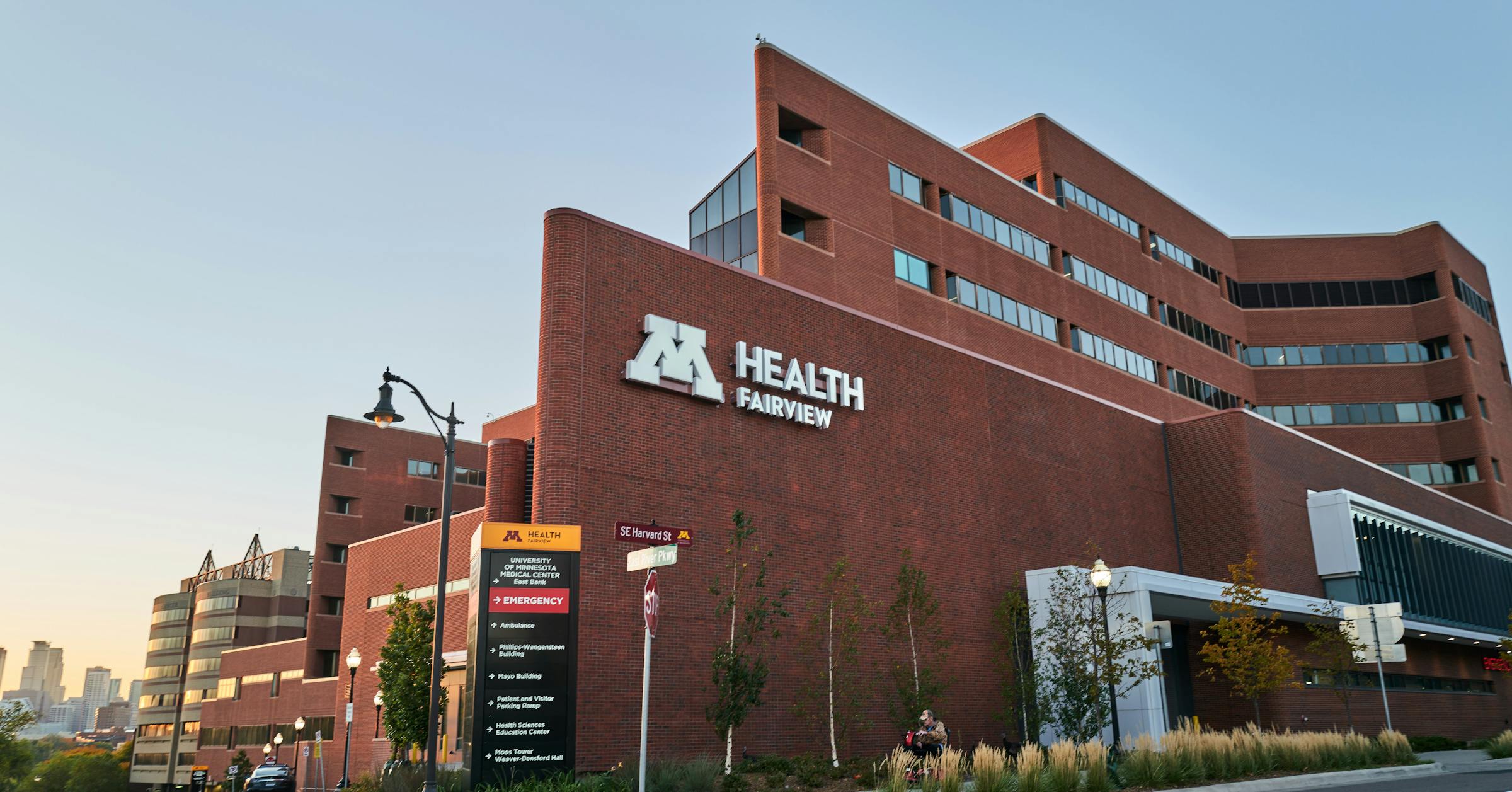From Red to Black: Fairview Health Services Breaks Free from Financial Struggles

Fairview Health Services, the nonprofit organization managing the University of Minnesota Medical Center, reported a significant boost in hospital performance, highlighting a notable increase in patient admissions and surgical procedures. The healthcare system's recent financial report reveals a positive trend in patient care and operational efficiency.
The surge in hospital activity reflects growing patient confidence and the medical center's expanded healthcare capabilities. By strategically enhancing medical services and infrastructure, Fairview has successfully attracted more patients seeking comprehensive medical treatment. This upward trajectory in admissions and surgical volumes demonstrates the organization's commitment to delivering high-quality healthcare services in the Minneapolis region.
Leadership at Fairview Health Services attributes the growth to several key factors, including advanced medical technologies, expanded specialist teams, and a patient-centered approach to healthcare delivery. The increased patient volumes not only signify the medical center's strong reputation but also underscore its critical role in serving the community's healthcare needs.
